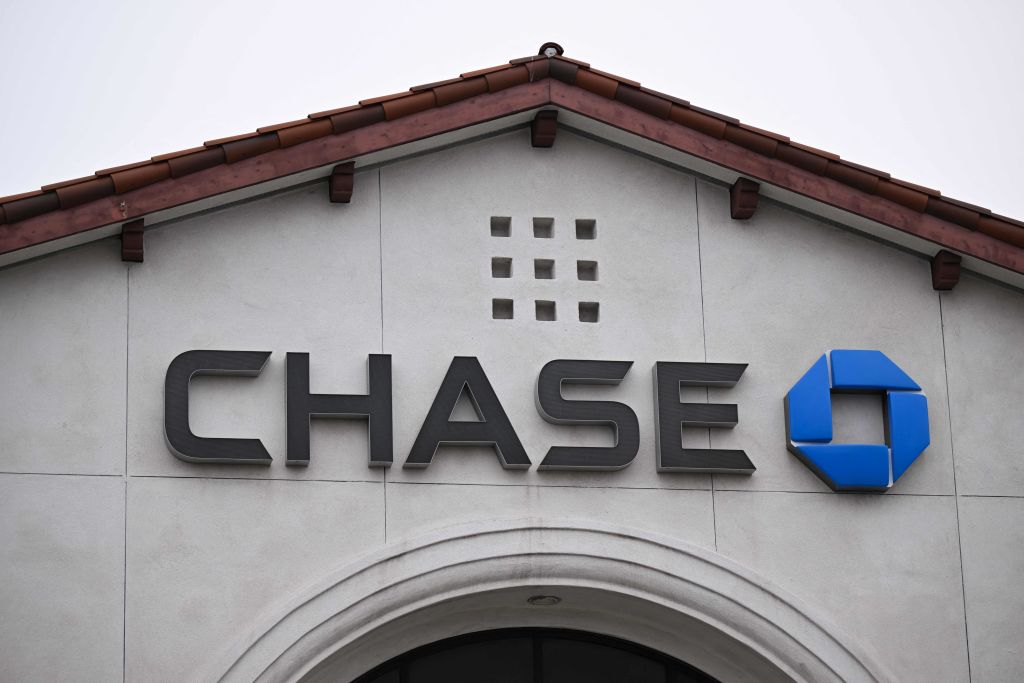Chase boosts easy-access saver but axes current account interest rate
Chase has introduced a new bonus rate on its easy-access savings account, making it one of the best products on the market. But is the bank cutting benefits elsewhere?


Chase has launched a new bonus offer on its easy-access savings account, making it one of the most competitive savings products on the market.
The bank is offering customers a 1% AER fixed bonus until 16 January 2025. This takes the overall interest rate to 5.1%. The popular provider launched a similar offer in April this year – but the eligibility criteria were narrower. What’s more, the deal was pulled from the market shortly after.
Chase has made a number of changes to its easy-access saver this year. A couple of months ago, the bank announced it would be linking its underlying rate to the Bank of England base rate, setting it at 1.15% below the headline rate.
MoneyWeek
Subscribe to MoneyWeek today and get your first six magazine issues absolutely FREE

Sign up to Money Morning
Don't miss the latest investment and personal finances news, market analysis, plus money-saving tips with our free twice-daily newsletter
Don't miss the latest investment and personal finances news, market analysis, plus money-saving tips with our free twice-daily newsletter
The base rate is currently at a 16-year high of 5.25%, which puts Chase’s underlying savings rate at 4.1%. However, the Bank of England is expected to start cutting the base rate later this year.
Chase’s new deal comes just one day after the bank contacted current account customers to tell them it would be getting rid of the 1% rate they currently earn. This will come into effect from 5 August.
Against this backdrop, we take a closer look at the provider. How does the savings account work? Is it the best offer on the market? And is Chase diluting benefits elsewhere to focus on its savings products?
How does the Chase savings account work?
Savers can open a Chase account using the bank’s app. The easy-access account allows savers to access their money as many times as they like with no fees or penalties.
The offer is only available to new customers, or Chase customers who don’t have an existing Chase saver account, or who have a combined balance of less than £50,000 in existing savings accounts with the bank.
This is where the deal differs to the previous bonus rate Chase launched on 8 April (no longer on the market). The previous deal was only open to customers with either no savings with Chase, or up to £500 in a Chase saver. In other words, more existing customers can benefit from today’s launch.
Is Chase cutting benefits on its other products?
Chase’s new deal comes just one day after the bank contacted current account customers to tell them it would be getting rid of the 1% interest rate they currently earn. This will come into effect from 5 August.
“This allows us to keep offering you great rates on Chase saver accounts and to keep investing in your banking experience,” the bank told current account customers. The bank recently changed the eligibility criteria on its cashback offer on current accounts too.
Chase current account customers will be disappointed that they no longer earn any interest on their credit balances.
It’s worth mentioning that savings rates have generally been falling ever since interest rates peaked. Against this backdrop, the new bonus rate from Chase could prove attractive to savers.
However, they will need to act quickly if they want to make the most of it – and they might want to consider opting for a fixed account instead if they want the security of locking in higher rates for longer.
Is the Chase savings account a best buy?
The new bonus rate makes Chase’s account highly competitive. According to the latest data from Moneyfacts, the best easy-access rate on the market currently is just a whisker above this at 5.2%, offered by Ulster Bank’s loyalty saver.
The only people who will be able to earn more are existing current account holders with Santander Edge, who can access the Santander Edge Saver. This offers 7% AER, including a bonus rate. Other than that, the Ulster account is the highest easy-access rate on the market.
However, Ulster customers need to have a minimum deposit of £5,000 to access the full rate. Cahoot also offers a 5.2% rate, but only pays this on balances up to £3,000. After that, customers earn no additional interest at all.
Meanwhile, there are no such restrictions on the Chase savings account. Customers can deposit and earn interest on sums of up to £1 million in total, although they should remember that only £85,000 is protected under the Financial Services Compensation Scheme (FSCS).
The good news is that the 1% AER boost is fixed. “Even if Chase's standard saver variable rate changes prior to 16 January 2025, customers will continue to earn 1% on top,” the bank explains.
However, as mentioned, it is worth remembering that the underlying 4.1% rate will fall as soon as the Bank of England cuts the base rate.
This could happen as soon as this month, with the next Monetary Policy Committee meeting taking place on 20 June – although most experts believe a first cut in August or September is more likely.
If you don’t need the flexibility associated with an easy-access account, it might be time to lock in a guaranteed rate by fixing your savings.
Get the latest financial news, insights and expert analysis from our award-winning MoneyWeek team, to help you understand what really matters when it comes to your finances.
Katie has a background in investment writing and is interested in everything to do with personal finance, politics, and investing. She previously worked at MoneyWeek and Invesco.
-
 ‘Why I have ditched my Help to Buy ISA for cash savings and the stock market’
‘Why I have ditched my Help to Buy ISA for cash savings and the stock market’Without the 25% bonus, my Help to Buy ISA is effectively redundant, says MoneyWeek writer Sam Walker.
-
 Is your inheritance tax allowance cut if you sell to downsize or sell your home to pay for care?
Is your inheritance tax allowance cut if you sell to downsize or sell your home to pay for care?Downsizing relief is a little-known benefit that could save your loved ones tens of thousands of pounds in inheritance tax after you’ve died.
